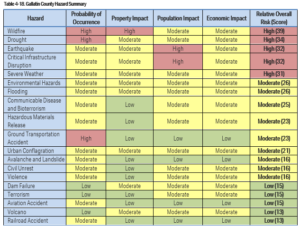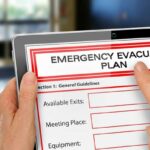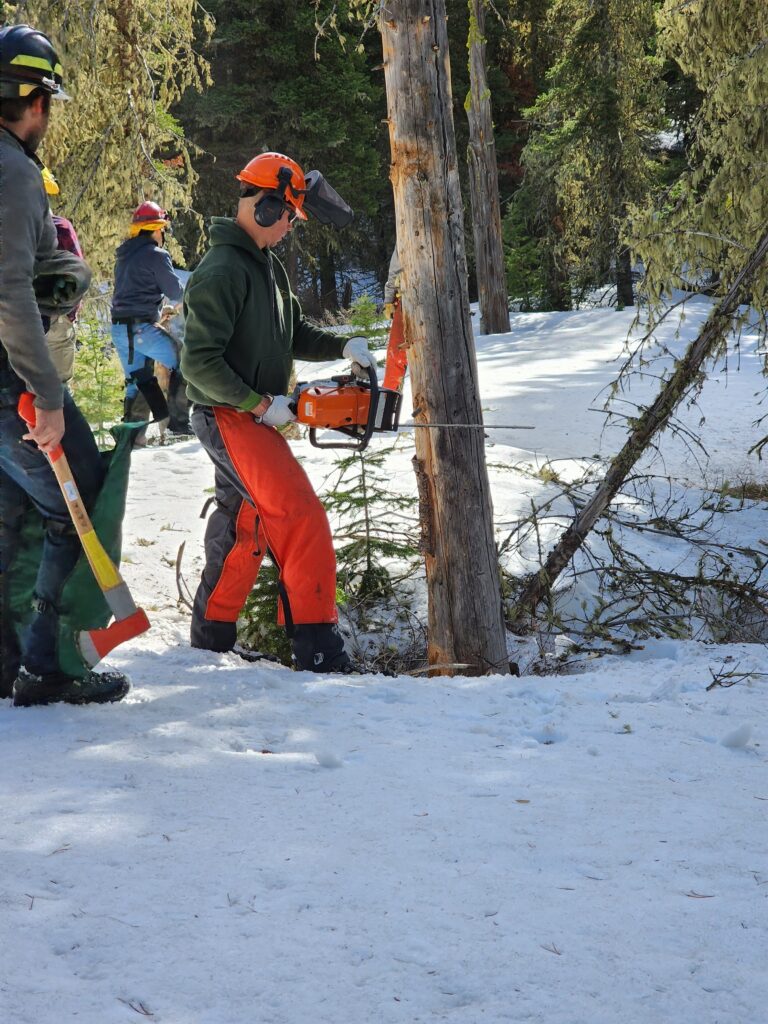Family Emergency Plan
Creating a family emergency plan is an important step in preparing for unexpected events that could affect your family’s safety and well-being. Here are some steps to follow to create a family emergency plan:
- Identify potential emergency situations: Start by identifying the types of emergencies that could happen in your area. These might include natural disasters such as floods, hurricanes, or earthquakes, or man-made disasters such as fires, chemical spills, or terrorist attacks. You can learn about identified risks in our communities at: https://www.readygallatin.com/community-resources/gallatin-county-risks/.

- Discuss the plan with your family: Involve all family members in the planning process and discuss the potential emergencies you have identified. Make sure everyone understands the plan and their role in it. More at: https://www.readygallatin.com/community-resources/family-emergency-plan/.
- Identify meeting places: Decide on a safe place where your family can meet in case you are separated during an emergency. This could be a neighbor’s house, a community center, or another location outside of your home.
- Create a communication plan: Agree on a method of communication in case of an emergency, such as a designated family member who will be responsible for contacting everyone.
- Prepare an emergency kit: Put together an emergency kit that includes essential items such as food, water, medications, first aid supplies, and important documents.
- Practice the plan: Regularly practice the plan with your family so that everyone knows what to do in case of an emergency. This will help ensure that everyone is prepared and can react quickly if needed.

- Ensure You Get Notified: Registering in the County’s Community Notification System is critical in ensuring you receive emergency information. Learn more and register at: https://www.readygallatin.com/public-warning/community-notification-system/.
Remember to review and update your family emergency plan regularly to ensure it remains relevant and effective.




